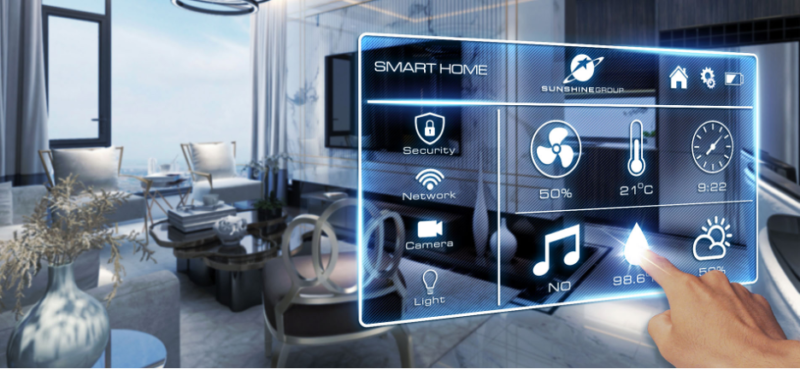In the rapidly evolving world of technology, the integration of smart devices in rental properties is becoming a crucial factor for landlords aiming to attract tech-savvy tenants. Understanding how to introduce smart tech to tenants can not only enhance the attractiveness of a property but also improve tenant satisfaction and potentially increase rental income. This guide provides actionable insights for homeowners and businesses looking to make the transition to smarter living environments.

Why Smart Tech Matters
Smart technology offers numerous benefits to both landlords and tenants. For landlords, it can mean better energy efficiency, increased property value, and improved security. For tenants, it offers convenience, enhanced safety, and cost savings. With the growing demand for smart homes, landlords who embrace this trend early can gain a competitive edge in the rental market.
Selecting the Right Smart Devices
When considering smart tech for your rental property, it's essential to choose devices that are easy to use and provide tangible benefits. Some of the most popular smart devices among tenants include smart thermostats, smart locks, smart lighting, and security cameras. These devices not only improve the living experience but also offer energy savings and increased security.
Investing in smart lighting and circadian rhythm systems can greatly enhance tenant satisfaction. Additionally, smart home checklists can help ensure all essential aspects are covered during the installation process.
Communicating Benefits to Tenants
Effective communication is key when introducing smart tech to tenants. Highlight the benefits such as energy savings, increased security, and the convenience of controlling devices remotely. Providing demonstrations or tutorials on how to use the devices can also ease the transition and ensure tenants fully understand how to leverage the technology.
Addressing Privacy Concerns
Privacy is a significant concern for tenants when it comes to smart technology. Landlords must be transparent about the data collected by smart devices and how it will be used. It's important to reassure tenants that their privacy will be respected and that any data collected is for enhancing their living experience, not for surveillance purposes.
Reading about signs your smart home is hacked can also be beneficial to understand and address potential security concerns.
Implementing Smart Tech: A Step-by-Step Approach
1. Assess the Property
Begin by evaluating the property's current infrastructure to determine what smart tech can be integrated. Consider the property's size, layout, and existing electrical systems to ensure compatibility with smart devices.
2. Plan the Installation
Work with professional installers or refer to detailed guides such as the smart home installation guide to ensure a smooth installation process. Planning ahead can help avoid potential disruptions to tenants' daily lives.
3. Educate and Engage Tenants
Engage tenants in the process by providing them with resources and support. Organize workshops or provide online resources to help them understand how to make the most of their smart home devices.
Tenants can also benefit from learning about two-factor authentication in smart homes to enhance security measures.
Continuous Monitoring and Feedback
Once smart tech is installed, continuous monitoring and seeking feedback from tenants is essential to ensure everything functions correctly and meets their needs. Regular updates and maintenance checks will help in keeping the technology up-to-date and efficient.
Conclusion
Integrating smart technology in rental properties is a forward-thinking step that benefits both landlords and tenants. By understanding how to introduce smart tech to tenants, landlords can enhance the appeal of their properties, improve tenant satisfaction, and ultimately increase the property's value. As technology continues to evolve, staying informed and adaptable will be key to reaping the full benefits of smart home technology.

FAQ
What smart devices are most appealing to tenants?
Smart thermostats, smart locks, smart lighting, and security cameras are among the most appealing devices due to their convenience, security, and energy-saving features.
How can I ensure tenant privacy with smart tech?
Being transparent about data collection and usage, and ensuring robust security measures are in place, will help in maintaining tenant privacy.
What should I do if a tenant is not tech-savvy?
Providing resources such as tutorials, workshops, and online guides can help non-tech-savvy tenants become comfortable with smart technology.

